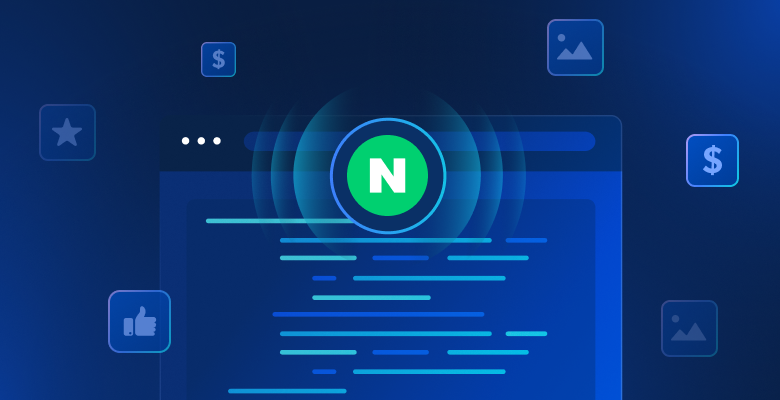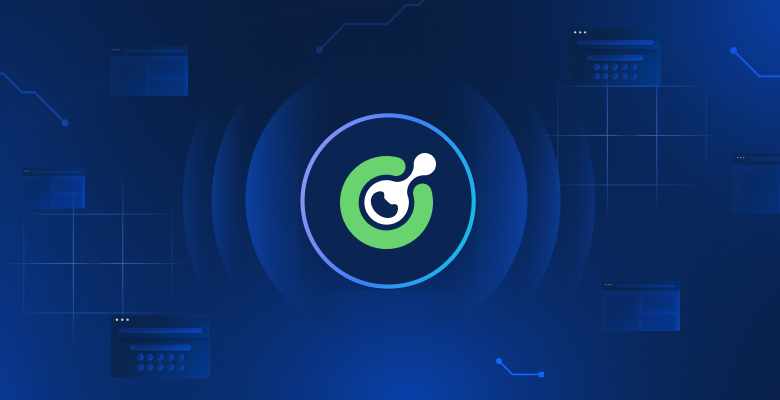In this article we will discuss:
- What is the Mobile proxy network, and what makes it unique?
- How can businesses benefit from Mobile?
- Mobile helped power life-saving technology at the height of COVID
What is the Mobile proxy network, and what makes it unique?
The Mobile Proxy Network is a global web of real-peer 3G and 4G devices. It offers a wide variety of carriers, Autonomous System Numbers (ASNs), and devices to choose from. Additionally, it contains peers located across the globe in every country and city.

How can businesses benefit from Mobile?
Routing traffic specifically through mobile devices can provide businesses with some unique advantages including:
- Running extremely effective jobs while remaining undetectable: Since traffic is being routed through individual cellular devices, informational requests are interpreted by target sites as real individuals. This means that not only will the information be extremely accurate for specific geographies, but it will also enable businesses to conduct research without drawing competitor attention to their operations.
- The capability of verifying cellular-native applications via desktop: Many companies develop applications designated for mobile on their desktops. Mobile enables desktop-based follow-through, meaning app developers can perform more accurate Quality Assurance (QA) testing as well as understand real User Experiences (UX). These capabilities also extend to mobile-native digital ad verification, as well as cellular location-based programs.
Mobile helped power life-saving technology at the height of COVID
Gartner recognized Bright Data’s contribution to the fight against COVID-19 volunteering its Mobile network to the following initiative:
- Diagnosticians at Israel’s Assuta Hospital tapped into Mobile in order to identify smartphones, and devices capable of testing blood oxygen levels as an early indication of Coronavirus infection. This remote, mobile-driven initiative was crucial in helping researchers identify, and leverage devices located across the globe that contained the Sp02 sensor used for early detection.
- GrocerCheck leveraged Mobile to power its bricks & mortar consumer social distancing application. Mobile fed GrocerCheck algorithms with live crowdsourced cellular GPS-based data from across Canada. This helped shoppers make smarter choices when deciding when to visit a local store, thereby reducing crowds, and infection rates by association.
- Florida-based Tenfourwest leveraged Mobile’s geospatial data targeting capabilities in order to identify new outbreaks in real-time, and deploy medical response teams when necessary.
Use case: AppFollow provides companies with data-driven App Store Optimization (ASO) insights
With new apps hitting the market each day, increasing one’s ranking within an app store such as Google Play or iTunes becomes a top priority in order to drive visibility and download rates. This is where AppFollow comes in – they help businesses perform ASO utilizing our mobile network as well as other Bright Data solutions. They use our networks in order to power their app management platform, enabling their customers to:
- Make optimization decisions based on real-time goe-specific data
- Gain app-specific, and more general industry insights in order to accelerate growth at every stage of the app lifecycle
- Perform need-based customization based on a specific market or segment. For example identifying a feature that a competitor app contains, and then developing something similar (or better) in order to compete more successfully.
How food delivery apps are leveraging Mobile to drive Return on Investment (ROI)
Applications are using mobile phones in order to gain access to “food intelligence” that helps them better understand their consumer base as well as competitor trends. Here is a quick glimpse at the business goals that can be accomplished using a mobile network:
- Performing restaurant prospecting automation
- Building consumer motivation models
- Carrying out real-time food category engagement analysis
In this context, here are some of the datasets being collected by applications in the food industry, including:
- Menu data – By analyzing restaurants and applications’ mobile menus, companies can identify which food categories (Indian? Italian? Japanese?) are trending, as well as which dishes are most popular among geo-specific audiences. For example, Thai food may be especially popular in a central London business district which may lead an app to offer free delivery or go heavy on Thai food advertising campaigns, thereby driving sales.
- Search trends – Many food consumer journeys begin on mobile. For example, when one travels to New York and searches for “the best pizza joint on the west side,” These types of long-tail or short-tail keywords, when analyzed, can be extremely useful in terms of marketing and targeting potential customers. For example, it can help inform a company’s content creation strategy (e.g., “The ultimate guide to pizza joints in Manhattan”), thereby attracting relevant, high-intent customers.
The bottom line
Utilizing mobile devices can be a powerful tool when looking to gain a competitive edge in app-native industries or when looking to create a B2B insights dashboard/platform. Additionally, mobile 4G proxies have the power to provide social and medical initiatives with the live, geo-specific data they need in order to save lives.








